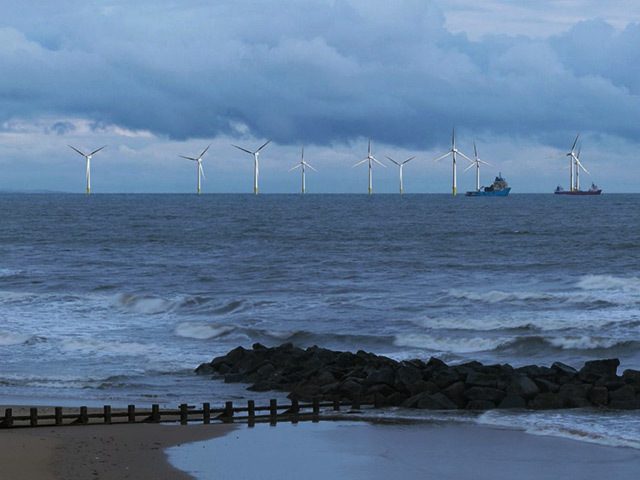
The Scottish Government has upheld an appeal by backers of a major offshore windfarm for an electricity substation at Blackdog in Aberdeenshire.
The team behind the European Offshore Wind Deployment Centre (EOWDC) have today welcomed the ruling, which reverses an Aberdeenshire Council decision to refuse planning permission.
Last year, councillors rejected proposals for the facility on a former landfill site that would bring power ashore from the 11-turbine development at Aberdeen Bay.
The government’s directorate for planning and environmental appeals (DPEA) today announced it was allowing the appeal from the EOWDC team, however.
Andy Paine, Project Director for the EOWDC, said: “The partners behind the EOWDC welcome the DPEA’s decision to uphold the appeal and we would like to restate our assurance to local residents that we will continue to work with the relevant authorities to ensure any effects of onshore activity are kept to an absolute minimum.
“The onshore works are an essential part of the EOWDC. Therefore this is good news for the offshore wind industry, which recognises the importance of the scheme to delivering the potential of the sector, and the North-east because it will contribute considerably to the region’s long-term prosperity and its drive to be a leader in sustainable energy.”
Residents in Blackdog had campaigned strongly against the plans, and were critical of environmental reports on the site.
The campaigners say that, prior to regulated dumping, waste included rubble from World War II bomb raids, asbestos and oil drums. Leading opponent Edna Booth said locals feared that disturbing the land for development will release gases and chemicals, endangering the health of locals.
A petition containing 112 signatures was submitted along with 76 individual letters of objection against the plans.
In his report, Scottish Government appointed reporter Michael Shiel said: ” With regards to the contamination issue, I have concluded that the evidence indicates that the construction of the substations and cables would involve a low risk to public health and safety, and that appropriate mitigation measures can be taken to ensure that this is the case.”
Recommended for you
